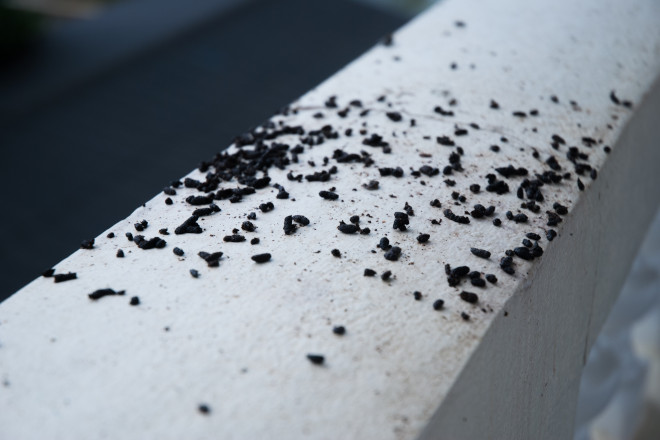Bats are unique animals with their ability to fly and use of echolocation. These are the only mammals that can fly, and their preference to hang upside down is unlike any other animal. Bat droppings were used as fertilizer for hundreds of years and were an important resource to the South American economy. Bat droppings are still used in some parts of the world today. If you suspect to have found bat droppings on your property, give us a call. We provide humane solutions to all bat problems.
Bat droppings are also known as guano, a Spanish word that originates from huanu in the Quechuan language. In Quechuan, huanu which simply refers to any animal dung that is used as agricultural fertilizer. The Quechua people are indigenous to South America and considered guano a highly valuable resource. It was so precious to them that disturbing bats or guano-producing birds was punishable by death. Thanks to the bats’ diet of insects and fruit, bat guano is high in nitrogen and other chemicals that are beneficial to the soil. It also has very little odour, making it an excellent fertilizer.
Today, we have alternatives to guano as fertilizer. Bats are a protected species in most parts of the world, and it is therefore illegal to disturb them or use them for fertilizer. Many bats pollinate our plants and fertilize the ground naturally, by leaving droppings behind them when they fly. In Canada, every single bat will eat thousands of mosquitoes per night, lessening the threat of the West Nile Virus. If you live in an area where there are bats, consider having a bat house installed in your backyard. If you suspect that there are bats living in your attic, contact a licensed professional to remove them without harm.
What does bat guano look like?
Bat guano is dark in colour and is usually about the size of a cooked grain of rice. Bats in Ontario feed only on insects, so you may be able to see shiny insect parts within their droppings. Fresh guano smears when crushed, while older guano turns to dust. Bats will leave droppings behind them, wherever they go, in and out of their roosts. Attics that are infested with bats will be covered with guano on the floor, and there may be guano on the outer walls of the home, near the bats’ entrance. Finding guano on the porch and along the perimeter of the home is also common.
Prevent a Bat Invasion
Bats are fascinating creatures, but they do not belong in the home. Keep them out by securing the edges of your roof and putting mesh on the tops of your chimneys and roof vents. Make sure that there are no openings along the edges of your soffits. For guaranteed bat-proofing, call a local bat removal company. At Bat Control, we offer inspections, removal, and bat-proofing services that come with a 2-year warranty. Call us for bat removal services you can count on.
